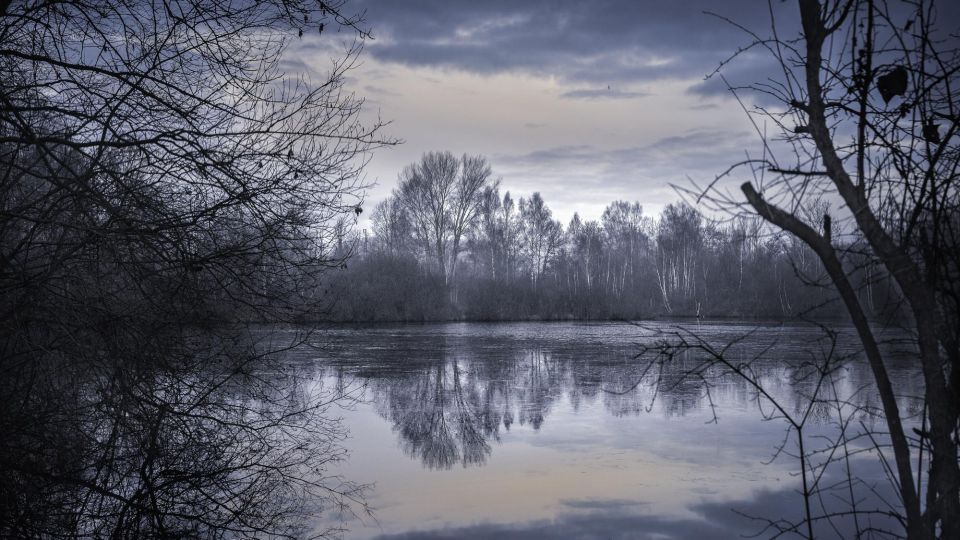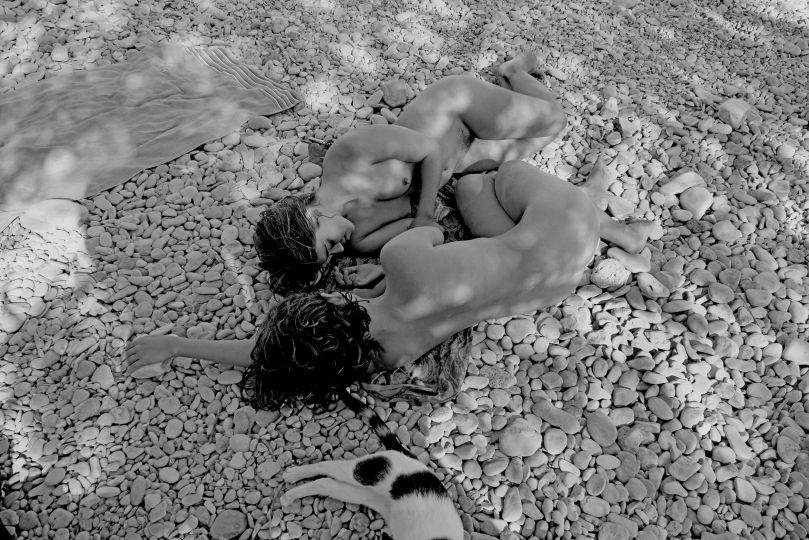18th-century France. After the death of Louis XIV, a decline in public morality is noticeable. The Libertines are setting the way forward, and consequently the spread in sexually transmitted diseases is a serious health problem that needs addressing. In order to do so, and keep the future husbands at home tamed and faithful, it becomes fashionable for young debutantes from the aristocracy as well as the newly affluent and aspirational bourgeoisie to pay a visit to a ‘Boudoir Painter’ where they would be committed to canvas as a sumptuous nude. The resulting oeuvres – all charms now revealed – would be presented to the fiancé for his own private enjoyment and with the hope to restrain his libertinage.
As the Church at first discreetly, but later more publicly promoted the practice of this conjugal compromise, it became fashionable in some European cities such as Paris and Venice to offer private exhibition spaces at first adjacent to the local church or monastery and later, directly in sacristies and convent parlours. The one depicted here is the Eglise Saint-Eustache sacristy, in Paris, a fine space with wooden panels and deep Burgundy upholstered walls. These spaces consisted of a painter’s studio and a viewing room where the freshly painted nudes were hung to dry. A very private matter by personal recommendation and appointment only; both parties concerned were allowed in to view the nude series and the marriage settlements that usually followed was often finalised by the local abbot and a female acolyte.
As the practice became more widespread, a few scandals and a ripple of public curiosity – unsurprisingly understandable given the titillating aspect of the paintings – led to the Church’s decision to open these spaces to the future couple’s respective families and their close friends for the sake of decency, transparency and morality. From this point on nudes on display also became available for purchase by anyone who could afford them, either as simple indulgence – gratification of desire – but also as Catholic indulgence – a remission of the temporal punishment due to sin – a fine scheme orchestrated by the Church to raise vast amounts of money.
As public interest reached its peak these intimate spaces suffered from severe overcrowding and started to attract too many commoners and undesirables, particularly following engagement services at the associated church, during advent and other high festival periods. Alternatives and more private locations such as pavilions in stately homes and châteaux that surround Paris were used to host these opening events. With the commercialisation of these works, these private view occasions became the luxurious place to be seen and enjoy finest patisserie and Champagnes commonly were served to guests. Given the nature of the exhibits, it was not unusual for these events to turn into full-scale orgies. The first art gallery was born.
















